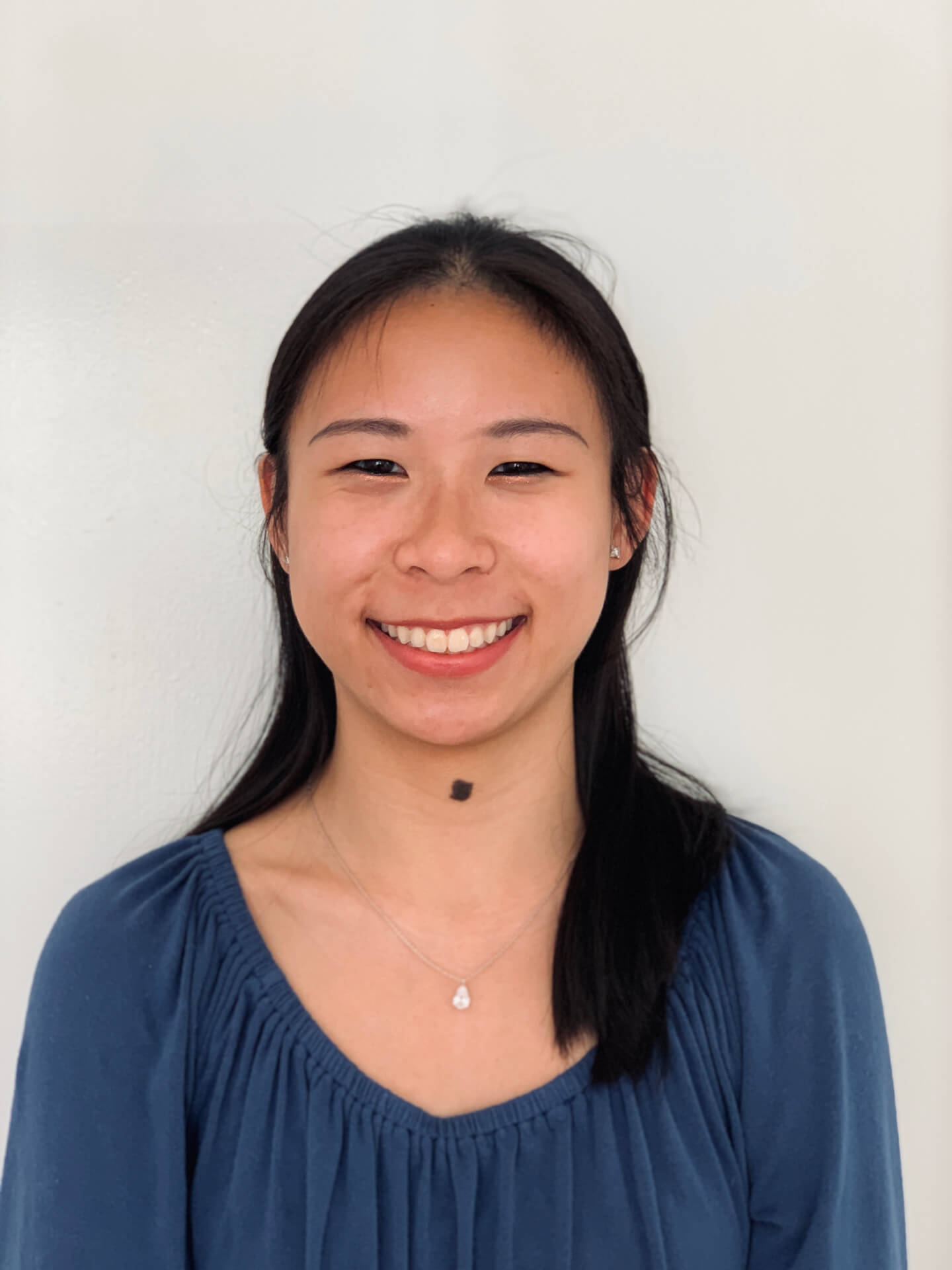Distance Learning Especially Challenging for Students With Disabilities

Noah, a pseudonym for a middle school child with autism, had been doing well in his public education program until school buildings closed in mid-March due to the COVID-19 pandemic. Unable to understand why his routine was disrupted, he sometimes displayed aggressive behavior with his mother when she encouraged him to participate in distance learning. Once, he headbutted her so hard that she blacked out.
Despite these hardships, Noah’s mother was unsuccessful in getting in-person services for her son, Leslie Margolis, managing attorney of Disability Rights Maryland, told state lawmakers during a briefing Friday on students with disabilities and virtual learning. Instead, Noah’s Individualized Education Program (IEP) team, which helps create a plan with specialized services for students with disabilities, told his mother they could only provide those services virtually.
Similarly, Eduardo, a pseudonym for a 6-year-old boy with autism, has not been able to engage with people on a screen and his mother does not speak English. As a result, he has gotten no educational services from March to August and his IEP team did not recommend in-person services because “it’s not the policy of the school system to do that,” Margolis said.
These are the realities of families with special needs students — who make up 12% of the Maryland student body.
“Our clients face huge barriers and they’re often not successful in obtaining the appropriate services for their children, despite the guidance coming from [the Maryland State Department of Education], despite the PowerPoints, the reality for families looks very different from the ground,” Margolis said.
The main challenges facing students with disabilities during distance learning include the need for additional assistive technology that goes beyond having reliable internet connection and a laptop — such as customized keyboards and audiobooks, Rachel London, executive director of the Maryland Developmental Disabilities Council, said. It has also been difficult when students with disabilities cannot return to school buildings for small group in-person learning because they are immunocompromised.
The state Department of Education has given guidance to local school systems to enforce IEPs as best as possible during distance learning, but there is a huge variance among the 24 districts, Margolis said.
Del. April Rose (R-Carroll) asked how the state will push counties that currently have no plans for any in-person services for students with disabilities to do so. She noted Harford County Public Schools, which is all-virtual through the first semester, as an example.
Schools that had originally planned to stay online until the second semester are looking for ways to bring small groups of students for in-person instruction in the fall, Carol Williamson, Deputy State Superintendent of MSDE, said. In late August, State Superintendent Karen B. Salmon and Gov. Lawrence J. Hogan Jr. (R) strongly urged schools to do this by the first quarter of the school year, which is in November.
While there are special education liaisons in five regions of the state who are trained to coach and support IEP teams and local school systems in instruction during distance learning, “the best for this response is that our children re-enter schoolhouses in a safe environment,” Marcella Franczkowski, assistant state superintendent of MSDE, said.
Like many teacher unions, local school systems and state officials, Margolis expressed disappointment in the “lack of leadership” from MSDE.
There’s a difference between the state creating a framework for local school systems to choose from and delegating local school systems to develop a framework almost entirely on their own, she said.
The result has been a “complete patchwork collection of approaches that vary from jurisdiction to jurisdiction, not necessarily based on the needs of the jurisdiction or the children within that jurisdiction, but seemingly based on whim,” Margolis said.
Local school systems must offer other options for students who are unable to participate in distance learning, whether it means bringing small groups of students into school buildings or contracting with private providers, Margolis said. Schools cannot simply default to all-virtual learning, she said.
“We will monitor, there’s no question,” Franczkowski of MSDE said. “Monitoring is not for an ‘I gotcha’ monitoring, it is for a support of technical assistance and need so that we can see where there are gaps and provide feedback to support.”
However, some experts do not think that schools should open solely for students with disabilities, but should be more nuanced in how they select students to return for face-to-face learning.
“If schools are going to open, they can’t just open for students with disabilities,” London said. “Not only are there other students in need of critical supports, there is a variety of reasons students with and without disabilities may need to return or may not need to return…it is based on an individual assessment.”




 Creative Commons Attribution
Creative Commons Attribution